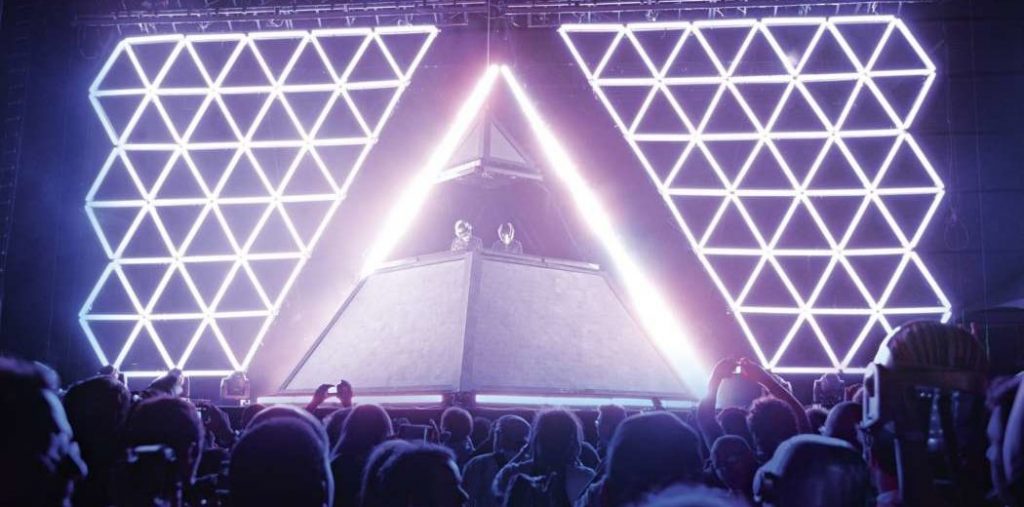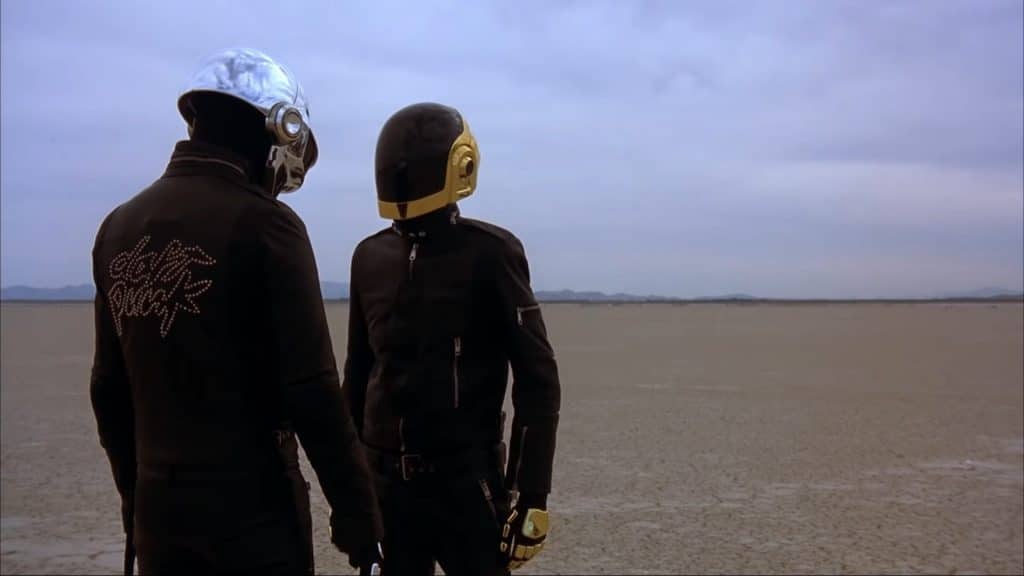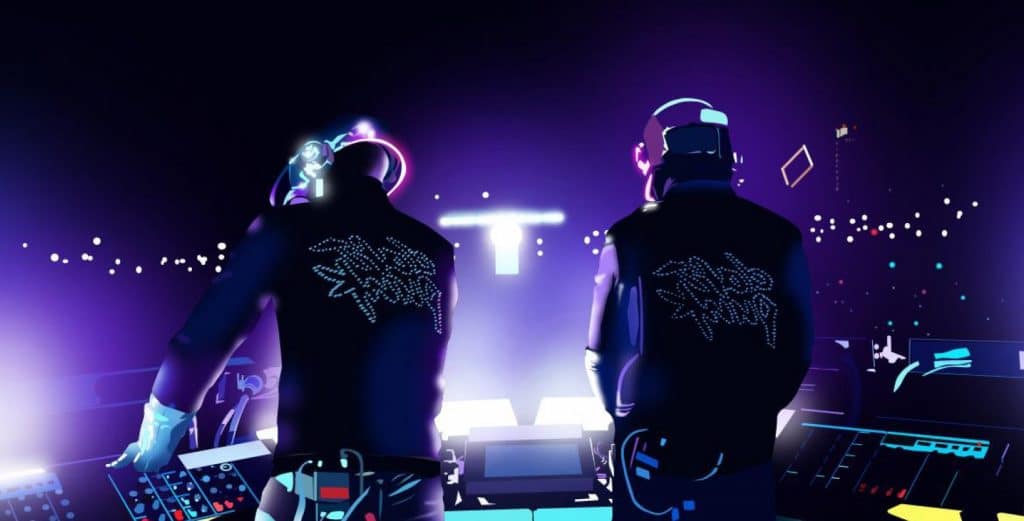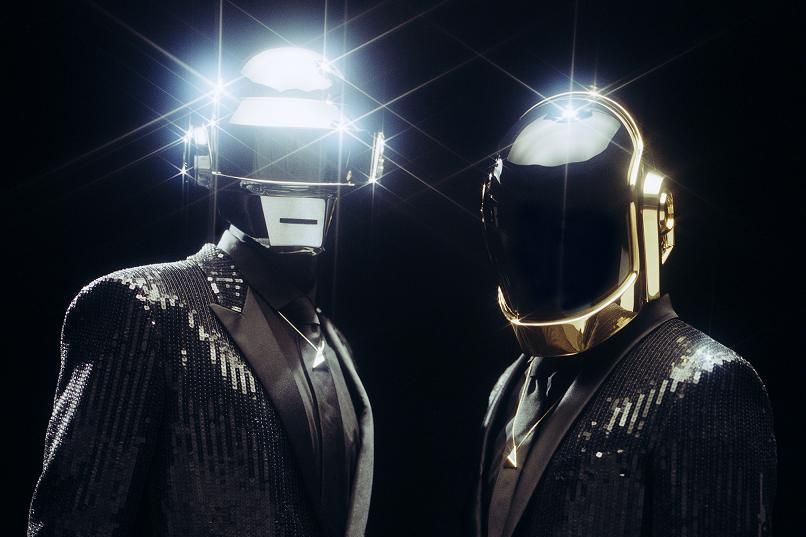After twenty-eight years, four studio albums, two sell-out world tours and thirteen awards, including six Grammys, Daft Punk shocked fans around the world this week by announcing that the duo has parted ways.
In characteristically spectacular fashion, Guy-Manuel de Homem-Christo and Thomas Bangalter marked the end of their iconic career as ‘the cornerstone of EDM’ in an 8-minute long short film uploaded to their YouTube channel, titled Epilogue and excerpted from their 2006 film Electroma.

The film features Daft Punk walking together through a vast desert land, before one half of the robotic duo detonates, blown to pieces in a moment replayed a further three times – leaving the other half of the duo to walk away into the sunset. Viewers may recognise the choir vocals which soundtrack the end of the short film as an excerpt from the track Touch, the seventh track on their last studio album, 2013’s Random Access Memories.
‘Hold on’, sings the choir, as the video draws to a close, ‘If love is the answer, you’ll know.’
It was a fitting end to a career that has seen Daft Punk define the electronic and dance genre, with singles, performances and collaborations that will go down in music history.
Here, DDW takes a look back on their stellar twenty-eight years in music.
The Beginnings
Guy-Manuel de Homem-Christo and Thomas Bangalter’s friendship dates all the way back to 1987, as the pair attended the same Parisian secondary school. Sharing a love of alternative music, it wasn’t long until they began collaborating.
The pair formed their first band – Darlin’ – in 1992, with a little help from Laurent Brancowitz, who eventually went on to join iconic French indie band Phoenix. The group was ultimately fairly short-lived, with Bangalter reminiscing on the project as a ‘fairly average rock n’ roll thing’, though they did see some success with their first EP.
However, they also received some negative reviews on the release, with one critic describing the sound of Darlin’ as ‘daft punky thrash’ – unwittingly coining the name of Homem-Christo and Bangalter’s next creation.

The pair soon began experimenting with synthesizers and drum machines, creating a collection of demos that they passed around to different record labels. Their first commercially successful release came in 1995 with Da Funk, a track that remains influential within their genre to this day.
One year later, the duo signed to Virgin Records, leading to the creation and release of their first album, Homework. Perhaps one of the most critically-acclaimed debuts of all time, Homework received rave reviews in the UK, USA and Europe, with American music publication The Village Voice stating that the album had ‘revived house music’.
Arguably the stand-out single from this release was Around The World, a track that remains one of their most fondly remembered, still regularly played in nightclubs everywhere to this very day.
Icons On The Rise
Following the release of their second and third studio albums, Discovery (which spawned their singles ‘Digital Love’ and ‘Harder, Better, Faster, Stronger’) and Humans After All – the latter taking just six weeks to write and record – Daft Punk were quickly becoming regarded as the biggest stars of the EDM world.
Marking this status, the duo set out on their iconic Alive tour, which saw Daft Punk perform forty-eight shows over five continents. The tour began in 2006, with their legendary performance at 2006’s Coachella Festival – a performance which has gone down in history as one of the festival’s best.
In the 2015 documentary, Daft Punk: Unchained, a look at the duo’s rise as pioneers of the electronic genre, producer Steve Aoki described the Coachella performance as having ‘changed people’s lives’, including his own.
“It was such a mind-blowing performance”, said DJ Jason Bentley in the film, “It was kind of the birth of EDM right there.”

“You could love it or you could hate it, but the fact is that nothing was the same after that performance.”
Following the tour, the pair released Alive 2007, a recording of their performance in Paris as part of the tour, with the live version of ‘Harder, Better, Faster, Stronger’ released as a single. Capturing the incredible atmosphere during the show, director Olivier Gondry created a music video for the single using footage from over 250 members of the audience at their show at Brooklyn’s KeySpan Park.
Three years on, the duo’s contributions to music were recognised in their home country of France, as they were admitted into the Ordre des Arts et des Lettres – a reward given only to those who have significantly contributed to France’s cultural development and significance.
A Fitting End
On May 17th 2013, Daft Punk released their fourth and final studio album, Random Access Memories, featuring incredible collaborations with Chic’s Nile Rodgers, Pharell Williams, The Strokes’ Julian Casablancas and the ‘Father of Disco’, Giorgio Moroder.
The album was released to widespread acclaim, with their collaboration with Pharell Williams, Get Lucky, in charting particularly highly in the UK, Europe and USA. The most significant recognition of the album’s success, however, was perhaps their recognitions at the 56th Grammy Awards, where Random Access Memories was named Album Of The Year and Get Lucky was awarded Record Of The Year.

The evening was marked with yet another spectacular performance, as Daft Punk took to the stage with Pharell Williams, Nile Rodgers and legendary musician Stevie Wonder, performing Get Lucky, a medley of Chic’s Le Freak and Stevie Wonder’s Another Star, as well as previous iconic Daft Punk hits, Lose Yourself To Dance, Around The World and Harder, Better, Faster, Stronger. It was a landmark moment not just for the duo, but for the electronic, funk and dance genre as a whole.
In the years following this performance, it became increasingly clear that Daft Punk had no intentions of touring or releasing any further albums in the near future, with their last appearance on any single being their collaboration with The Weeknd, I Feel It Comin’, in 2016. Rumours of further projects cropped up time and time again, always quickly put to rest by the duo’s representatives, much to the disappointment of fans.
That is, of course, until 22nd February 2021, with the release of their Epilogue video, announcing that the pair had finally gone their separate ways with a title card that simply read ‘1993 – 2021’.
In the few days since, the influence of Daft Punk has been discussed at great length, by everyone from casual listeners (many who did not, until now, realise just how great their influence on them had been), to long-time fans to critics, DJs and collaborators.
If there is one identifying theme running across the tributes, it’s that the work of Daft Punk didn’t simply redefine the genre of EDM, but – in many ways – pioneered it.
Whatever comes of the genre in future, it’s clear that Daft Punk’s influence will carry on for years to come, influencing the future icons of electronica, funk, dance – and, perhaps, music overall.
You Might Like: Twenty Years of Coachella
